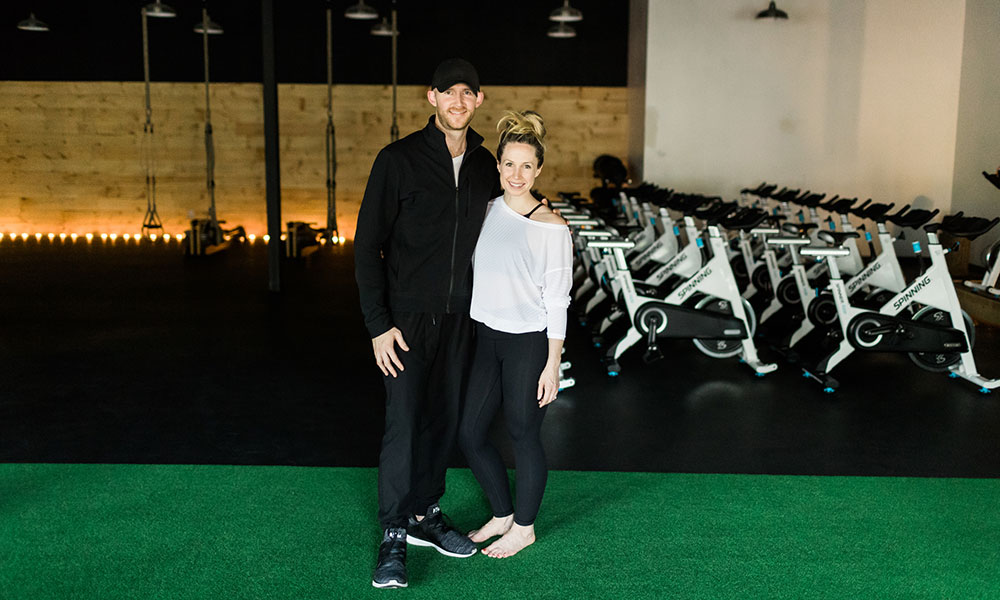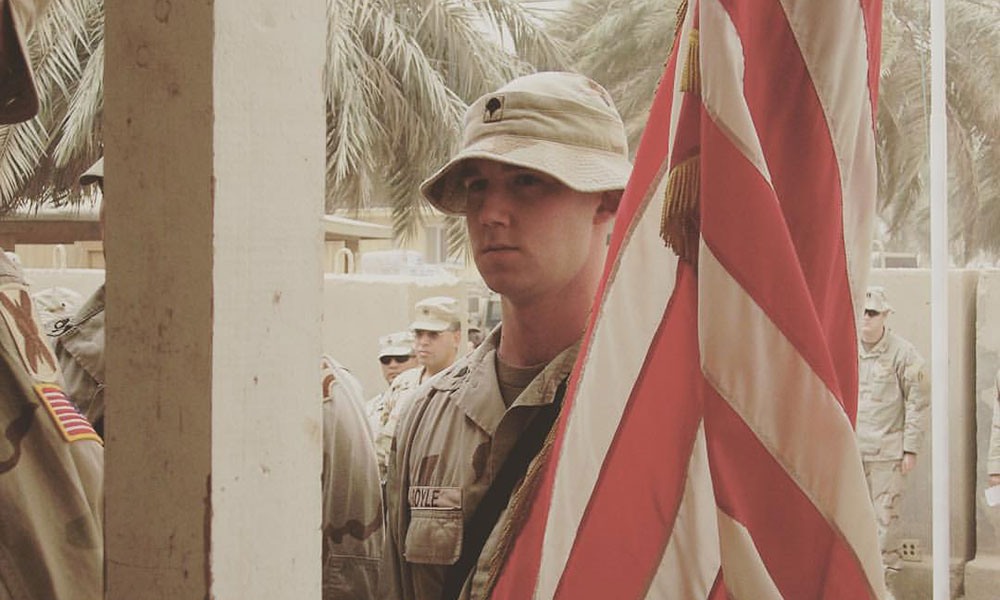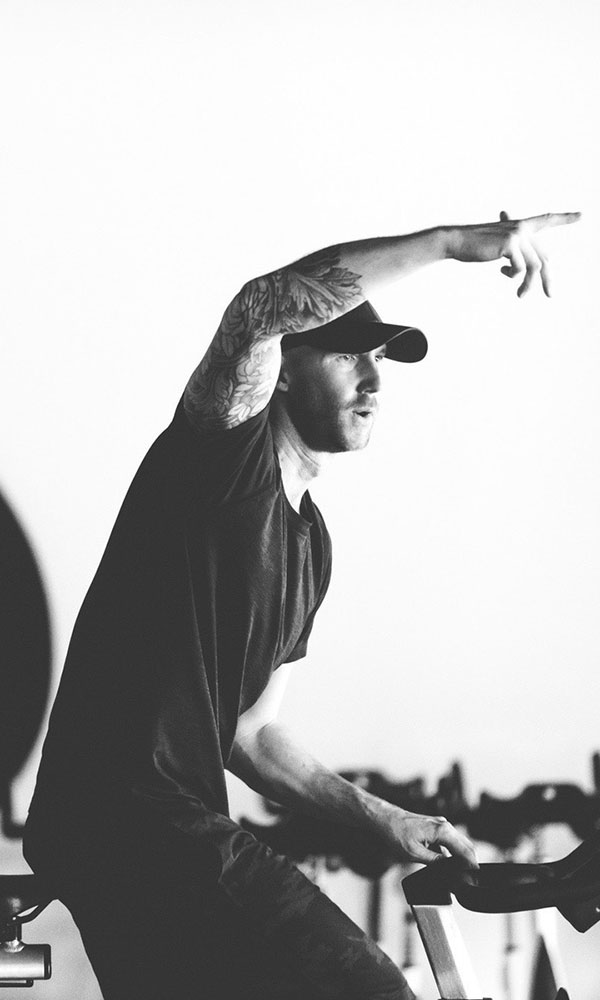In the not-so-distant past, I was a full-time freelance writer, working steadily away in my home office in Troy for a New York City-based lifestyle website. In some ways, it was a dream job, because I had the opportunity to write all day about subjects that interested me: music, sports, TV, collecting. But in my quest to become as versatile a writer as possible, I tried to also delve into some areas outside of my writing comfort zone: Mixed Martial Arts, luxury automobiles, architecture. I also began writing a series of features on military veterans, a group I was almost entirely ignorant of. There was United States Air Force Officer Matt Butler, who created a lawn game that’s now sold in Walmart stores across the country. Army veteran Michael Trotter, Jr., who taught himself how to be a rock star in one of Saddam Hussein’s burned-out palaces. There was also Marine vet William McNulty, who founded Team Rubicon Global (you probably saw their commercials during the World Series); Marine vet Ryan Tate, who returned home, only to venture off to Africa to fight poachers; and Army vet Marc Raciti, who suffered so severely from Post Traumatic Stress Disorder (PTSD) that he attempted suicide, but lived to write a book about the experience and help others cope with PTSD’s ill effects.
Now, I’m about as far from a military man as you can get—neither of my parents served, I’m not super athletic, I get queasy around guns and usually, I run away from danger. But on some deep level, somewhere near the pit of my stomach, I felt it was my duty (if there is such a thing for us civilian journalists) to tell vets’ stories. Because they’re often forgotten. That, and I believed my work would also help honor my late grandfather, Floyd Van Deusen Ladd, a lifelong Schenectadian, who served in the Marine Corp during World War II.
If you’ve been reading my stories on saratogaliving.com, you’ll know that, of late, I’ve been making a real effort to get in shape (see: this story or this one). A few months ago, I started researching personal trainers in the Troy area and came up empty. I didn’t want to be on the other end of some musclebound guy screaming at me about how weak and ugly I was, Full Metal Jacket-style. I wanted a workout plan where I felt like progress could be made with positive reinforcement. And then my wife discovered this rather unassuming place called Anatomie, a 4100-square-foot gym and yoga studio, which is nestled into the corner of a hip strip-mall-type situation between a sports bar and a pizza joint. My wife and I ended up attending a few yoga classes together on the weekend. (There’s nothing more humbling than showing how briefly you can hold a side-plank or downward dog position in front of your partner.) In the room next door to the yoga studio, I could often hear muffled sounds of bumping beats and shouted commands, and as I was leaving the yoga studio, I’d see people leaving, drenched in sweat but smiling and chatting. Those classes, it turned out, were the strength, conditioning and cycling ones.

These days, I wake up at 5:15am three or four days a week (trying to up that!), throw on my gym clothes and drive to Anatomie, where, for 45-minute increments, I get my ass handed to me by the gym’s friendly staffers. Tuesdays and Fridays are especially rough, thanks to Co-owner Patrick Boyle, who, along with his wife and fellow owner, Eileen Fitzgibbons, runs the business and serves as its lead trainer.
***
Boyle, 36, grew up in Schodack and graduated from Columbia High School in East Greenbush in 2000. After graduation, he took a year off to figure out what he was going to do with his life, and when a buddy joined the Army National Guard and returned from bootcamp “pencil thin”—not in an unhealthy way—he thought, well, maybe this might just be for me. He’d always been sort of a jock. For the uninitiated, there are a trio of ways to join the United States Army. You can simply enlist and be put on active duty, where you’ll likely be sent abroad to serve or fight. It’s a full-time job. Then there’s a pair of part-time versions—the Army Reserves, which falls under the purview of the federal government, in which you can get sent off to war fairly regularly, depending on what’s brewing in the world at the time, but don’t have to do full-time service; and the Army National Guard, which is dually controlled by the federal and state governments, and offers its soldiers the ability to serve both in state and abroad. For the latter, the requirements include one weekend per month of training, as well as a two-week period each year. (However, if you’re called to active duty, it’s a whole new ballgame; your service runs as long as the Army needs you.) As it were, Boyle linked up with his buddy in the National Guard for a little pre-Army primer: His friend had been activated in the days following 9/11 and was sent down to Fort Hamilton in Bayside, Brooklyn, to help out around the city. Boyle, then still a civilian, stayed on the base and was in awe of the situation. “I went down there for a weekend, and I was like, ‘Man, this is pretty cool,'” says Boyle. Just this group of soldiers, all with the same unified purpose of helping their country in a time of intense need. “Back then, patriotism was at an all-time high,” says Boyle, and everything just fell into place. So he enlisted in late January 2002, just four months after 9/11, shipping off to bootcamp a week later in Fort Knox, KY. He’d eventually end up back in the Capital Region, running drills out of Hoosick Falls for a spell, and that summer, he and a friend volunteered to do a 100-day turn patrolling NYC’s Grand Central Station. (I remember that presence being there still in 2003, when I first arrived in the city—guys in military fatigues, donning bulletproof vests, with machine guns, walking amongst the crowds of hurried travelers and businesspeople trying to catch their train home. It made the post-9/11 situation down there so much more real.)

Two years after his first foray in the National Guard, Boyle found himself deploying to Iraq in May 2004, as part of Operation Iraqi Freedom III, a military offensive that had been raging since March 2003. (Altogether, it would last nearly nine years.) While you might expect it to be a culture shock for a part-time soldier to land in the desert as a full-timer, Boyle says he was well trained for the transition. “[The Army] did a great job acclimating the part-time soldiers to the active duty life,” says Boyle. “They covered every angle: weapons training, how to find mines in sand fields, how to clear rooms with a squad of four, how to check people for weapons [and understand] the rules and regulations.” Boyle served for a total of 18 months. Of course, he saw some things over there that he’s had trouble forgetting, and as he puts it, when I ask if he’s suffered at all from PTSD, “I didn’t feel like myself when I first came home.” At the time, he tells me, the Army really didn’t have the type of program in place that it does now for returning soldiers (and it’s still far from perfect). When he got home, he went through a few weeks of debriefing, pushing papers and doing medical tests—”all physical stuff, but they never did anything mental,” Boyle says. “Here I am, used to carrying a weapon around 24 hours a day for 12 months total, day in and day out, and now I have nothing. I could do anything I wanted to; I could drive my car anywhere. There wasn’t really any bridge [to civilian life].” I heard this same story told time and again, in different ways, in my interviews with those other veterans. And for many, including retired Major Raciti, that led to depression and lashing out, and was often compounded by PTSD. It shouldn’t be surprising, then, that some 20 veterans commit suicide per day (sadly, that number has been increasing among younger veterans).
In 2008, Boyle was honorably discharged, having reached the rank of sergeant. He worked a few odd jobs before going back to school, where he earned a Bachelor of Science in Health and Wellness from Canisius College, and stayed on to complete a masters in Health and Human Performance. He worked as a personal trainer, and then landed a job at the Stratton VA Medical Center, where he worked on the mental health floor as a Medical Support Assistant. By no means was he a doctor, he says, but he did his utmost to connect with the younger veterans coming in, doing everything in his power to make their transition home smoother. “The VA system itself is a tangled web,” says Boyle. “It’s very difficult to navigate if you don’t know where to go or what you’re doing.” He saw himself as an equal, a conduit, someone who could help affect positive change in veterans’ lives, any way he could.

Then, nearly a decade after Boyle retired from the Army National Guard, he and his wife, Eileen, began thinking about opening their own business. Boyle tells me that it had always been his Eileen’s dream to open her own gym—she has an Exercise Science degree from the University at Buffalo, a masters in Health and Human Performance from Canisius and has held numerous personal trainer positions—and that’s where Anatomie came into being. First opened in 2016, the gym ping-ponged to two separate locations in two years before landing at its current location in Troy, where Boyle promises me it’s staying. Boyle tells me about the culture that he and his wife are trying to build within Anatomie’s walls. “We wanted [Anatomie] to encompass more of the mental health component, as opposed to just the strength [training],” he says. “There’s so much more to overall health than just being able to deadlift 200 pounds.” Hence, the name of the business, a (French) homonym for the more familiar English word “anatomy,” which nods to a full mind-and-body approach to fitness. “That mental piece is huge,” says Boyle. “That’s why we offer complimentary yoga for veterans, because if they can connect with that somehow and in some way, and use that as a mental release or as a way to de-stress or relax and unwind…hey, come on in, this is the spot for you.” (Anatomie also offers a 10 percent discount for all veterans for all its other classes.) For Boyle, that ethos is more than just about wanting to do good by his fellow veterans, though. “That mental piece helped me process some things and find an outlet when I felt lost,” he says. He got into yoga a few years ago, and the positive effects were instantaneous. “In the military, they wind you up so tight, so you can snap at a moment’s notice,” he says. Say, you’re at a checkpoint in Iraq, and some guy comes up to you and lunges for your weapon, what are you going to do? “They want you to react and then think afterwards,” he says. “Yoga reverses that; it makes you slow down, look at the situation, then react.” The meditative quality of yoga also insures that you don’t let the small stuff get to you during the day—that guy cutting you off on the Northway or that woman yelling at you on the other end of the phone. (At least, that much. I’ve been meditating every morning for three years, and some stuff still makes me lose it.) This is part of that positive culture Boyle and his wife are trying to inject into all things Anatomie; they want to make a personal connection with everyone who comes through their doors, and to that end, you might be surprised when the two address you by your first name, even if it’s only the first or second time you’ve come to a class. (I remember Eileen even asking me if I preferred “Will” over “William.”) “We want everybody to feel like they’re welcome; like this is a place for them,” he says.
There’s this older gentleman, who’s in all of the weekly classes I take at Anatomie, and we exchange niceties most mornings. When I’ve complained of a sore back or legs from a previous day’s workout to him, he’s been quick to counter that, at some point, everything hurts. Besides everything else I like about the gym and its employees, he’s the reason I keep coming back. Boyle tells me that he’s a veteran, too. I can’t help but think: We’re surrounded by them—these superhuman men and women, who risked their lives for us, and went to darker places than we’ll ever go. They could be your neighbor or co-worker or mailman—or the guy next to you at the gym. That’s why, at some point during every workout, I say to myself: “This is the easiest part of the day.” And it always is.
Want to give back this Veterans Day? Join the staff of Anatomie this Sunday, November 11, for its third annual “Drop and Give Me Zen” fundraising event, featuring a donation-based, hybrid bootcamp/yoga class at 7:30am sharp. You can reserve your spot via the MindBody app or Anatomie’s brand-new one. All proceeds go to the Veterans Yoga Project.


